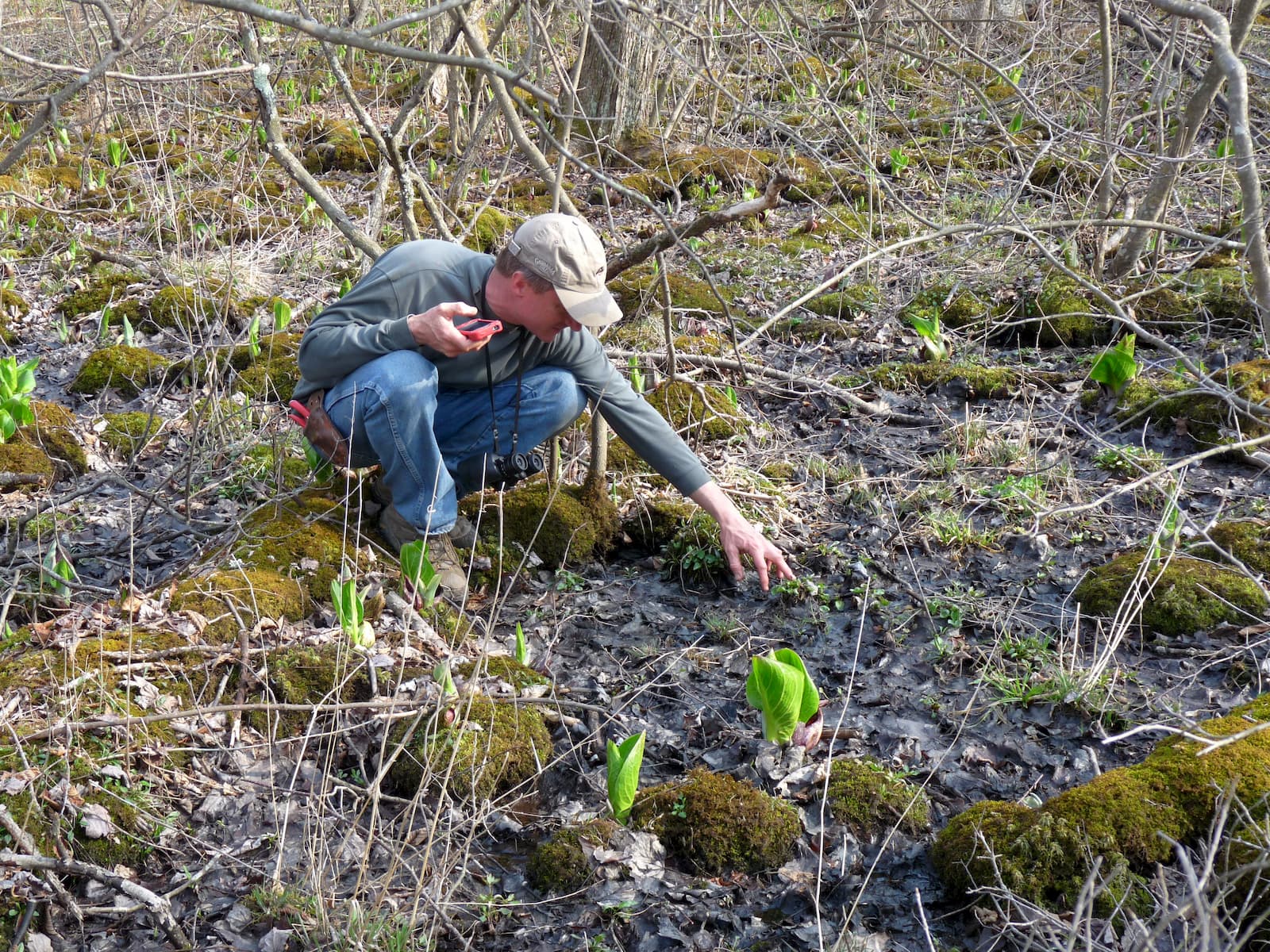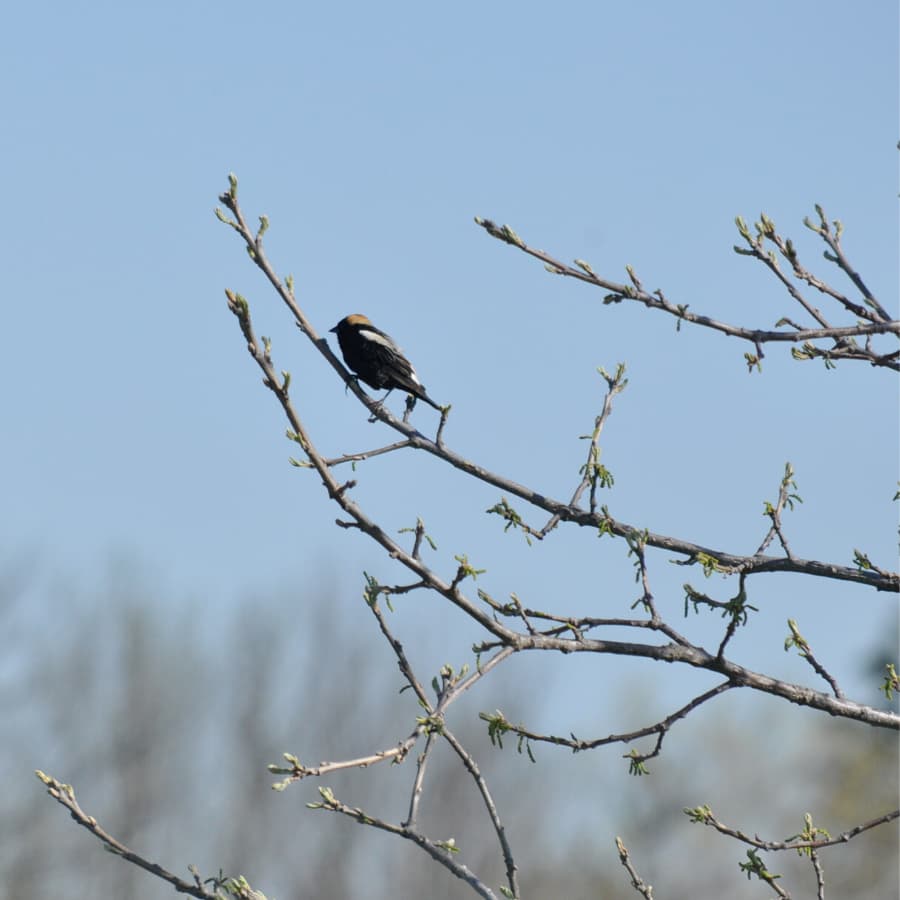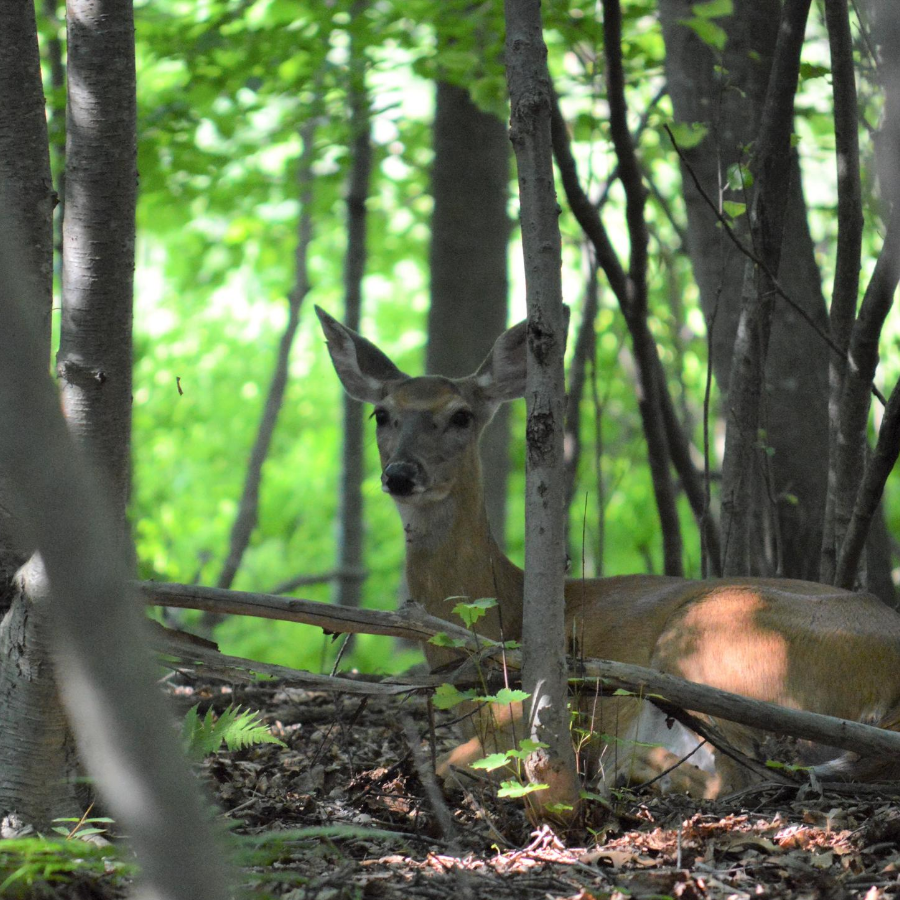
Land stewardship is about our relationship to the land and the ethics behind the decisions we make in how we interact with nature. For Highstead, land stewardship starts on our 100+ acres of gently managed land in Redding, Connecticut. Our stewardship decisions are guided by our commitment to understanding the landscape through ecological monitoring and research and managing the land in ways that allow for a diverse array of plants and animals to thrive on the property. Additionally, we strive to highlight the natural beauty of the land to draw visitors towards a deeper appreciation of our native landscape.
We welcome opportunities to share the stewardship practices we use and study to educate homeowners and land managers who are looking to develop their own approaches to managing the land in their care.
Stewardship decisions
Protecting air, soil, water, and wildlife are a central part of the stewardship decision process. Below are some examples of how we make and apply decisions.
When to mow
Many people don’t think of cutting the grass as land stewardship, but it is actually one of the aggressive forms of vegetation management that we undertake. How, when, and where we mow will determine if the outcome is lawn, grassland meadow, wildflower meadow, shrubland, or forest.
Maintaining a grassland meadow to protect a threatened species
The grassland meadows on the eastern side of our property are home to Bobolinks, a bird of special concern in Connecticut. These birds thrived when our landscape was dominated by farms and fields. As most agriculture migrated west, grasslands reverted to forests or were developed for residential use, reducing bobolink habitat. We carefully maintain our grassland meadows instead of allowing them to return to a natural woodland state to give this increasingly threatened bird species a place to breed and live.


How to deal with a dead tree
Unless the tree is a safety hazard, we leave it alone allowing it to go through the natural decay cycle that will provide food and shelter for insects, birds, and other animals. Eventually a standing dead tree will fall and decompose back into soil, but in the meantime, it will hold its carbon in the wood while providing richly for animals and plants around it.
The effects of deer on native and invasive plants
Our long-term deer studies are helpful in understanding how deer affect both native and invasive plants as well as overall plant diversity. While we don’t manage every invasive species on every part of our property, we do work with some of them. As we learn what is and isn’t effective, we document the efforts through casual case studies or through more rigorous scientific study.

Learn more about on-site stewardship at Highstead.